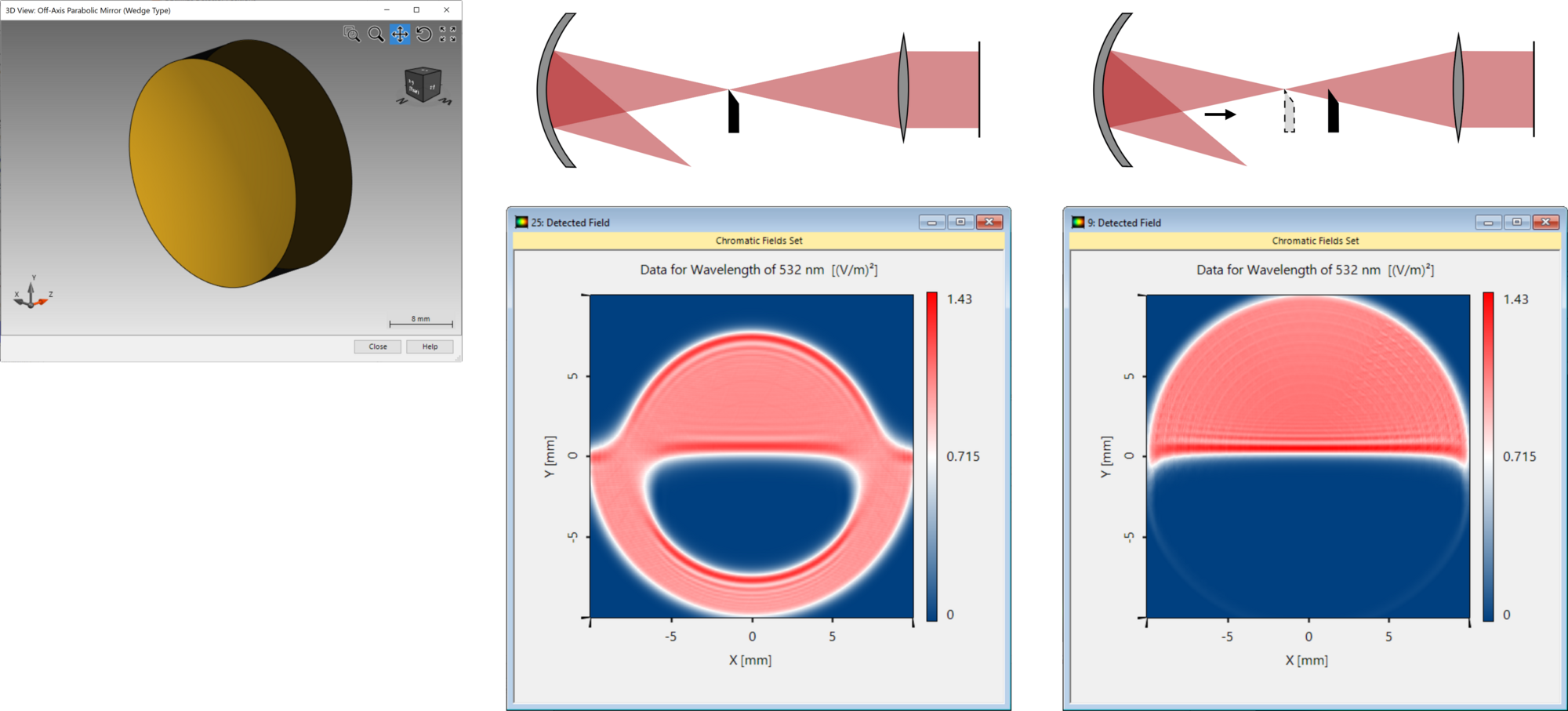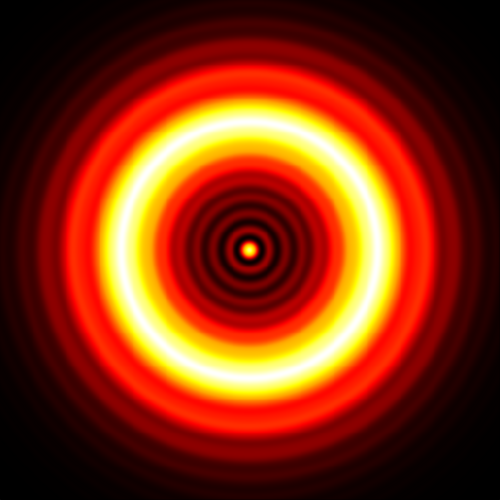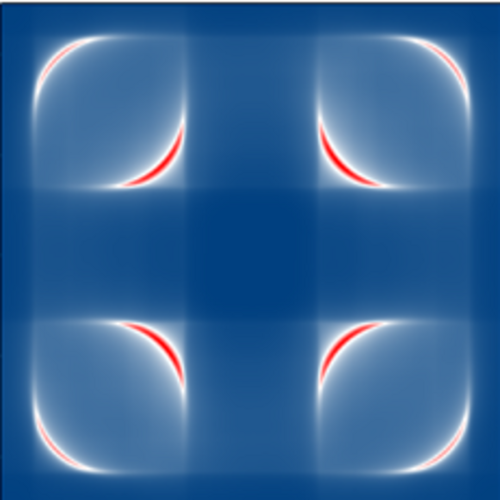Modeling of Foucault Knife-Edge Test
Abstract
Since 1858 the Foucault knife-edge test has been a simple and inexpensive method to determine the properties of a concave shaped mirror. As the name suggests, in this test, a knife’s edge (e.g. a razor blade) is held in the path of the beam, close to the expected focal point, to obscure half of the beam. The transmitted field is then again collimated before evaluation. The resulting pattern provides an indication of the shape of the mirror used. Furthermore, if the position of the knife-edge is varied along the optical axis, the resulting light pattern at the detector plane will also change. This behavior enables the user to precisely determine the position of the focal point of the curved mirror.
VirtualLab Fusion Configuration
-
 VirtualLab Fusion
VirtualLab Fusion



